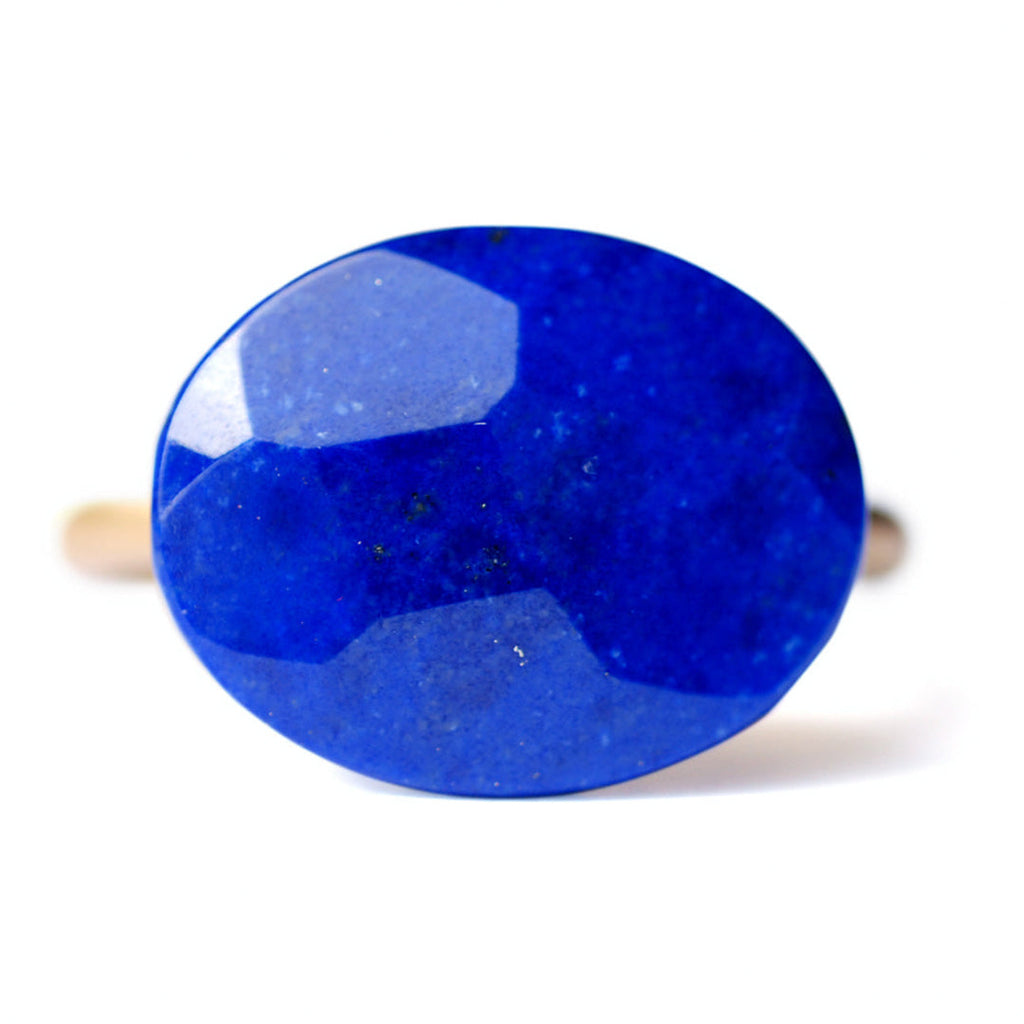Blue Lapis Tulips, Small Cabochon pair/ backed
(2) 17mm x 15mm x 5mm
19.5 Carats (combined weight)
EARRINGS
You can buy these cabochons as they are for your jewelry-making supply. If you are not a jeweler, I can easily make them into a custom pair of earrings by adding findings for you. I offer stud earrings, dangle post earrings, French ear wires, and I can add an eyehook & bail to make them into a pair of pendants.
Select the option above, if you'd like me to make these stones into earrings, I can! All of my findings deals are sterling silver or stainless steel.
All my cabochons are backed in hard, black epoxy for stability and strength.
For pendants, necklaces, and wire wrapping, click the "Request Custom Order" button above and let me know what you want!
Check out the rest of my store and like me on Facebook!
www.facebook.com/saiyostonearts/
www.pinterest.com/saiyos/
www.instagram.com/saiyostonejewelry/
ROCK FACTS:
LAPIS LAZULI
Lapis lazuli, also known simply as "lapis," is a blue metamorphic rock that has been used by people as a gemstone, sculpting material, and ornamental material for thousands of years. Unlike most other gem materials, lapis lazuli is not a mineral. Instead, it is a rock composed of multiple minerals. The blue color of lapis lazuli is mainly derived from the presence of lazurite, a blue silicate mineral of the sodalite group with a chemical composition of Lapis lazuli has been popular through most of recorded human history. Mining for lapis occurred in the Badakhshan Province of northeastern Afghanistan as early as 7000 BC. The lapis was used to make beads, small jewelry items and small sculptures. These have been found at Neolithic archaeological sites dating back to about 3000 BC in Iraq, Pakistan, and Afghanistan. Lapis lazuli appears in many Egyptian archaeological sites that date back to about 3000 BC. It was used in many ornamental objects and jewelry. Powdered lapis was used as a cosmetic and a pigment. In Biblical times the word "sapphire" was often used as a name for lapis lazuli. For that reason, many scholars believe that at least some of the references to sapphire in the Bible are actually references to lapis lazuli. Some modern translations of the Bible use the word "lapis" instead of "sapphire." Lapis lazuli started to be seen in Europe during the Middle Ages. It arrived in the form of jewelry, cutting rough, and finely ground pigment. Today lapis lazuli is still used in jewelry and ornamental objects. As a pigment it has been replaced with modern materials except by artists who strive to use historical methods.
Product code: Blue Lapis Tulip Small Cabochon pair / Backed / deals With Jewelry Options



